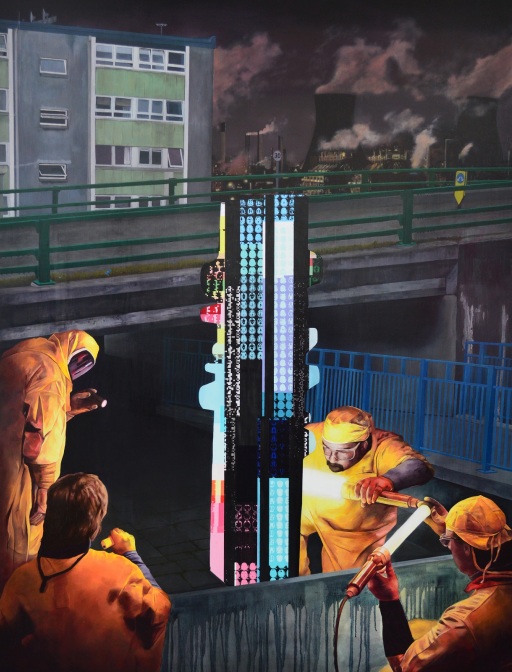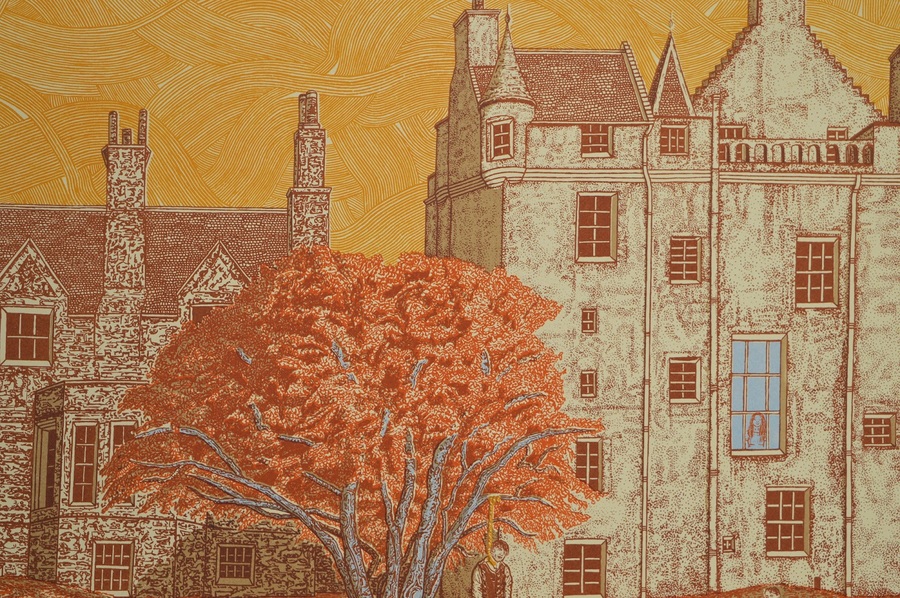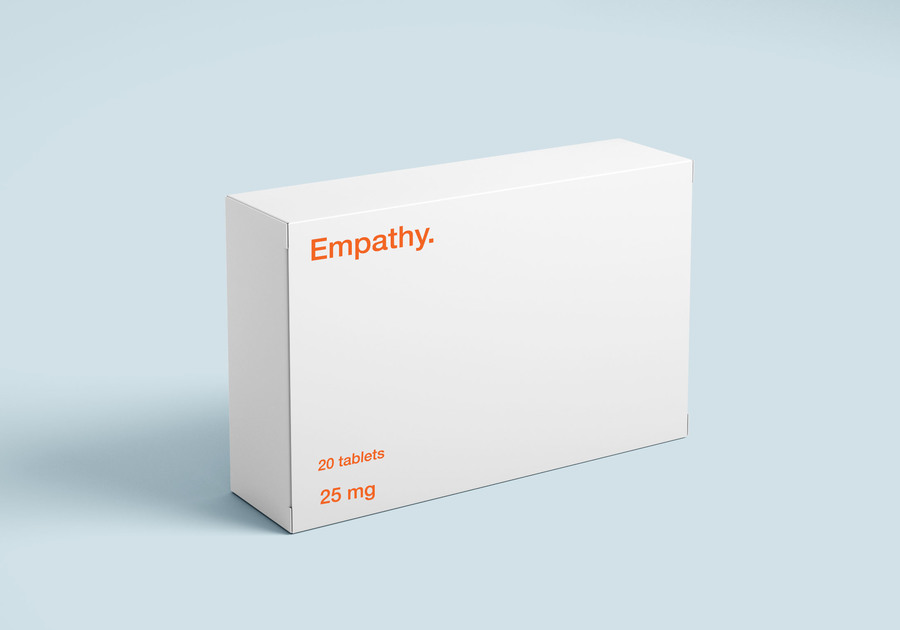Strangely Familiar: DJCAD Degree Show 2019
2019's Degree Show season kicks off with Dundee's cohort exploring themes of the grotesque, the domestic and the body and mind
This year, Duncan of Jordanstone College of Art and Design’s students have executed a considered exhibition: there seem to be no statement pieces, no grand-scale works commanding the space. It is egalitarian, equally measured, perhaps echoing the ever-increasing zeitgeist of collectivity. We’re all in this together, after all. However, there are individual threads of connectivity linking works throughout. Themes of the domestic, the grotesque, body, mind, and anxiety are repeated like a dancehall hook in a pop song from 2015. This can dance on the edge of cliché for our graduates. The subjects that most occupy your brain while immersed in the art school environment rarely tend to extend further than the bedroom walls. But isn’t this just a perfect summary of the experience? Struck with inertia in your bed as you question your relevance in a cultural environment?
Discussion of the domestic is a dominating feature in this year's show, the most fun being the reimagining of everyday objects. Jorja Bradley’s collection of nonsensical items, including a telephone shower head, feels like a 90s sitcom punchline. One can imagine a failed entrepreneur pitching the idea on Dragons' Den to a bemused Deborah Meaden. Bethany Farmer’s ceramicised household items similarly turn the banal into the absurd. One gets the sense that the artist draws inspiration from a fragile home environment as the space is littered with delicate ceramic tiles. One piece of advice: pick up the phone. The theme of ‘elevating the ordinary’ continues with Louise Dickson with her performative mealtime within her reconstructed dining room. Playing with the ritual of dining, she will be serving hot food at scheduled times. So, if you need a bite to eat, arrange your visit accordingly.
Sitting in the space between the domestic and the grotesque are Sasha Mackay’s paintings. Here we have horrifically honest depictions of women interacting with bathrooms, exposing our greatest shame: that we use toilets. A favourite features a woman wearing a dissociative expression while an empty toilet roll hangs in the background. Delightfully relatable.
At the other end of the grotesque spectrum are Cal McCutcheon’s drawings, animations and sculpture. Dark, macabre, and a little bit sexual, the deliciously repulsive characters are repeated throughout, with the climax being a free standing altar featuring some charming horned beasts with matching erections. Which is refreshing as we often find celebrations of female genitalia at many a degree show and it’s great to see a phallus now and again.
Speaking of the female form, Lynsey Chapman’s ceramic planters depict voluptuous feminine torsos with fleshy folds. These works would be at home in any successful Fourth Wave Feminist’s exotic plant collection. The connection between the body and nature is repeated throughout the show and is particularly poignant in the work of Katherine Fay Allan. This exploration of the ‘space between’ specifically looks at the human body and its connection/disconnection to our natural environment. The video in the space shows the artist playing amateur surgeon to a deconstructed, 3D printed body lain on a hospital bed full of of the kind of shrubbery you would find in your granny’s garden. The bed itself is present behind a white, clinical curtain framed with a collection of medical instruments and horticultural equipment which poses the question of the role of ecology in our recovery.
Ailish Danaher’s work similarly discusses the tension between humanity and the constructed human psyche, using a clear concept of commercial branding as a medium for her humorous social critique. The artist presents her devised lifestyle brand ‘Core Care,’ which offers the consumer ‘Self-Esteem Protein’ powder and ‘Empathy Pills’ inspired by the familiar Fluoxetine packaging that the clinically depressed amongst us will recognise. The critique of contemporary society is continued with Toby Jackson’s Blind Eye which utilises digital manipulation to highlight the capabilities of technology to deceive the observer. A glitchy video projection simultaneously captures and distorts the audience which feeds into the ego of this viewer in particular. This unsettling and clever use of technology has strong relevance in our post-truth culture.

Anxiety is a core feature in the art school experience. Calum Stevenson’s hyperreal dystopian paintings heighten this tension with medical imagery, hazmat suits, and looming brutalist buildings. The immediate impression of societal doom gave way to a healthy dollop of bathos upon reading the artist's statement and discovering that the works are an exploration of his hometown of Cumbernauld. Pal, we get it. It’s fairly grim but there’s a strange beauty in it.
After this art-induced anxiety, perhaps make a visit to Xuxa Rettie’s work. A darkened, soft-lit space with large, comfortable cushions creating an environment of peace. The sound work is a mix of familiar, household background noise and the artist's inner monologue, which is highly relatable. You can lie back and listen to her bemoan her dry skin while dishes clink in the background. Despite the theme, it is oddly calming.
The bar for film-making has definitely been set by Owen McLaughlin and Jodie Williamson’s collaborative works. These thoughtful, beautifully edited, black and white films explore local historical narratives, such as the Tay Rail Disaster. Weaving story, music, and imagery together in an affecting manner, the works are sensitively delivered and very relevant to the rapidly changing environment of Dundee. Spending some time with these works is recommended.
The whimsical and disturbing prints of Renee Hunter use Scottish folklore to illustrate the contemporary relevance of storytelling. Accompanying the works are short summaries of the myths of Johnnie Faa, Maggie Osborne, and Sawney Bean which are terrifying stories in themselves. The works show the universality of narrative and the preciousness of our native tales.
Within these works we see the resilience of a generation of artists. Young, dumb, and broke but still laughing at the absurdity of life and all its complexities.
Duncan of Jordanstone Degree Show 2019; preview 17 May 6-10pm, runs 18-26 May, Mon-Fri 10-8pm, Sat-Sun 10-4pm


